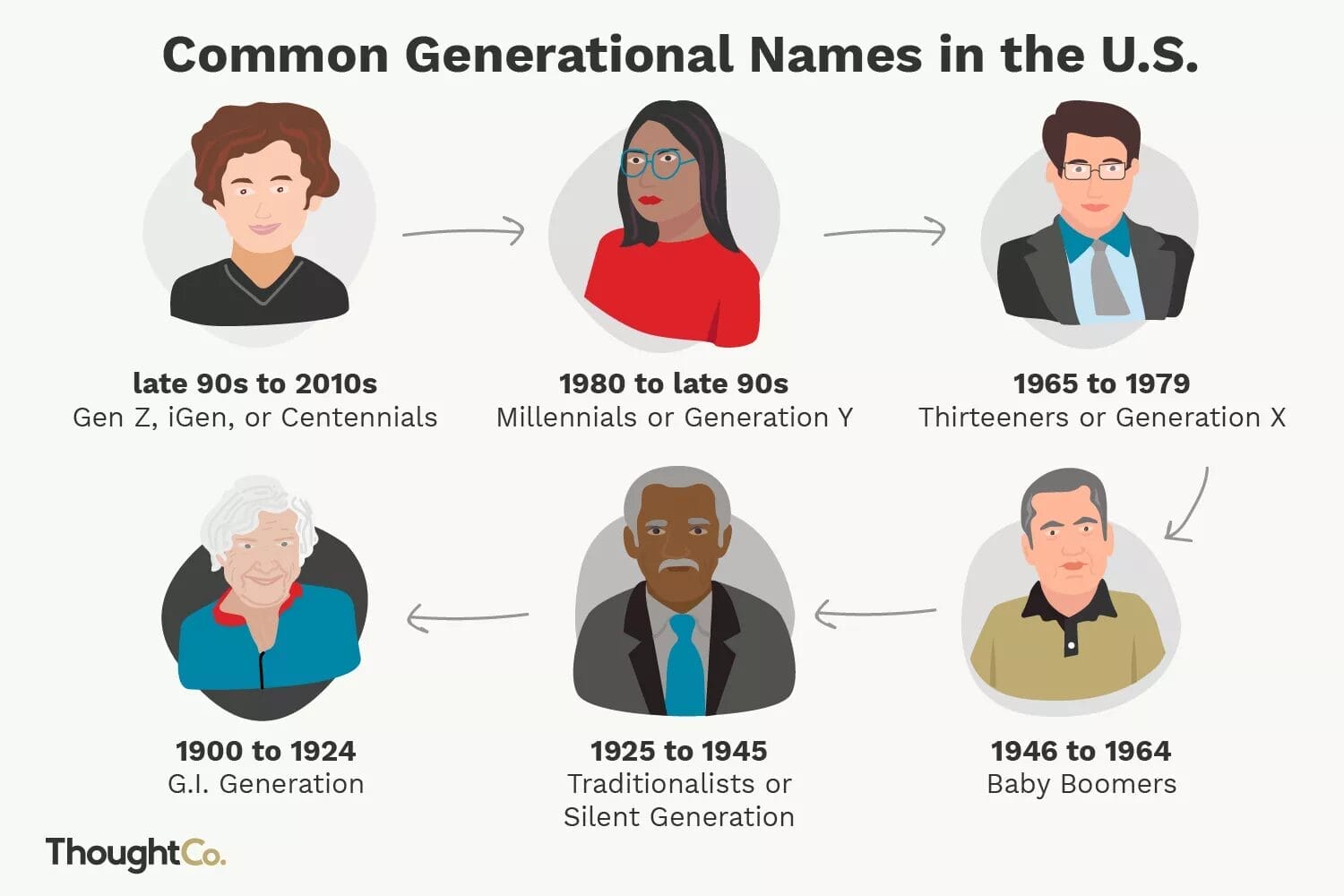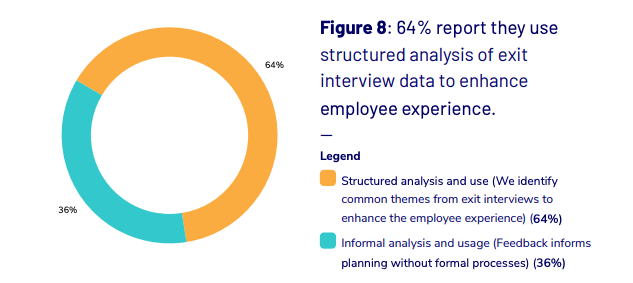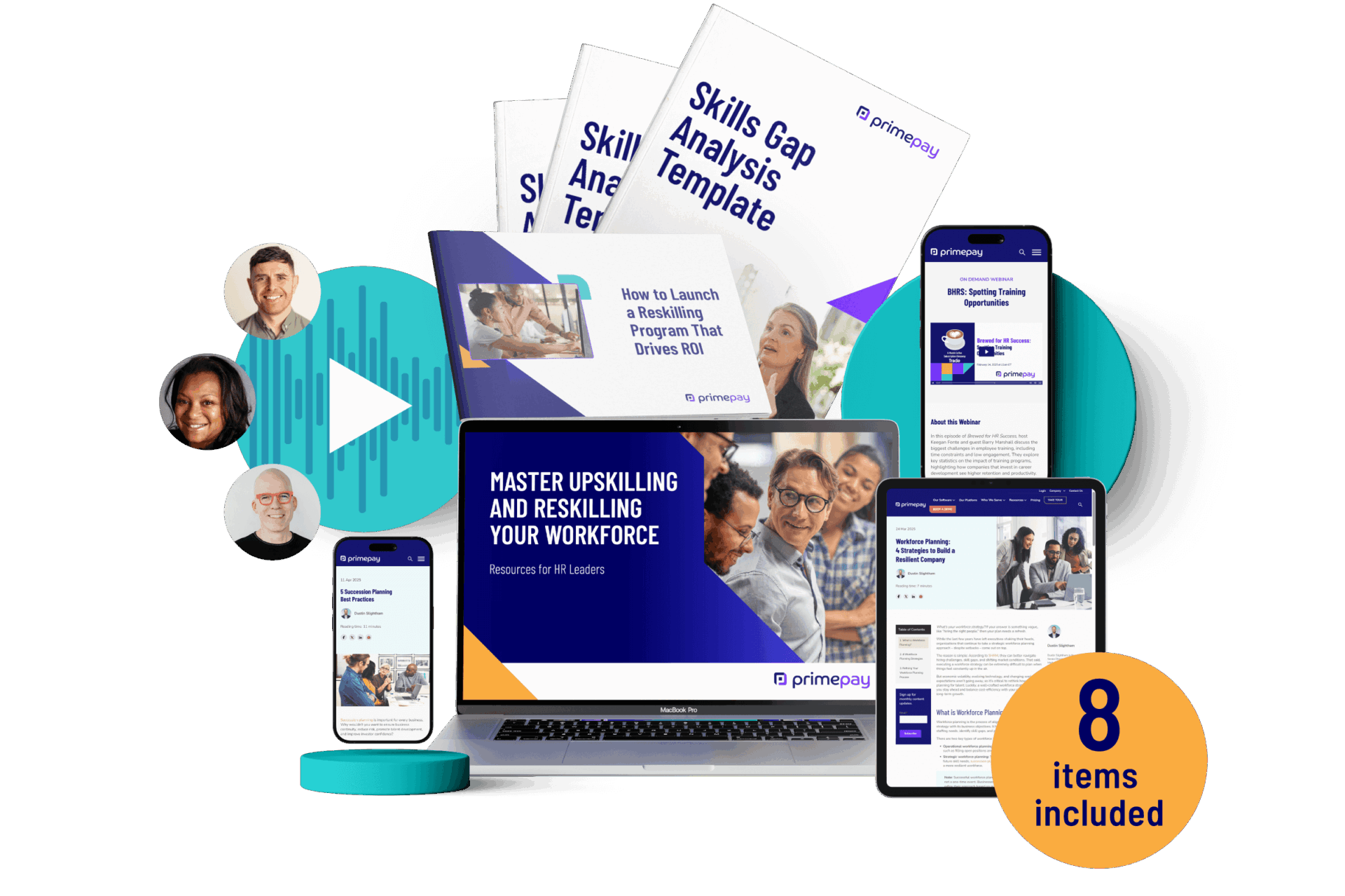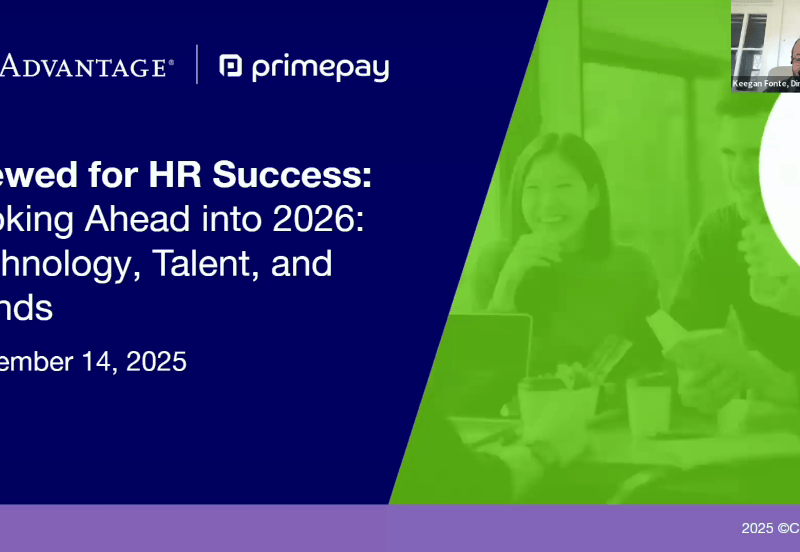On the surface, HR focuses on creating a positive workplace environment to attract and retain employees. However, dig a little deeper, and you’ll see how multifaceted and nuanced the employee experience can be.
As a reminder, the employee experience encompasses the entire employee lifecycle and directly impacts employee engagement, retention, and productivity.
When you consider the full capacity of employee experience, it becomes clear that there’s plenty of ground to cover. Unfortunately, only 17% of organizations excel in this area, leaving significant room for error.
4 Focus Areas for a Better Employee Experience
In our recent webinar, “The EX Factor: Why Employee Experience Should Be A Priority,” we pinpointed the most overlooked areas in employee experience. Some of HR’s best and brightest joined us to share their expert insights:
- Barry Marshall. The go-to expert for start-ups aiming to scale quickly and successfully. He’s built and managed numerous high-performing teams.
- Lorna Hagen. A Human Capital Executive with over two decades of experience. She’s known for transforming HR teams, policies, and practices.
- Lisa Parks. Managing Partner and General Counsel at McDougall Advisors. She’s been an HR leader and executive coach for over twenty years.
Together, they highlighted the critical (and often unnoticed) aspects that can make or break the employee experience.
1. Clarity of Expectations
Setting clear expectations is fundamental to improving employee experience, yet it’s often undervalued. Unclear expectations can lead to a cascade of adverse outcomes impacting individual performance and the organization.
- Confusion about job roles: Without clear expectations, employees become confused about their roles and responsibilities. This confusion wastes time and effort, as employees may not focus on the tasks that propel the company forward.
- Stress and frustration: Ambiguity in job roles and expectations creates unnecessary stress and frustration. Most employees genuinely want to perform well and accomplish what they set out to do, but lacking clear direction and not fully understanding their purpose and role impedes their success.
- Loss of confidence in hiring decisions: Insufficient clarity also makes employees feel anxious and demotivated, resulting in absenteeism and even burnout. As a manager or HR professional, you may question whether the employee is a good fit for the company and the job since they’re not meeting your expectations.
These outcomes reveal the disconnect between your expectations and what the employee perceives as their role and responsibilities, which can undermine organizational success.
Marshall explains this misalignment with five words: “Unspoken expectations are premeditated resentments.”
Take a moment to let that sink in.
If we fail to communicate our expectations from the beginning and frequently, we’re setting our employees up for disappointment and resentment — simply because they didn’t know.
How To Set Clear Expectations
To set clear expectations, don’t assume employees know what’s expected of them. Marshall says, “As People Leaders, we have to do better at communicating our expectations, recognizing when we failed to do so, and taking action to do it.”
To set clear expectations:
- Clearly outline company objectives and align them with the goals set for employees.
- Devise a path for employees to follow and ensure the goals are measurable and attainable.
- Regularly review these goals and adjust them to adapt to changing circumstances.
- Engage in continuous dialogue with your staff to ensure they understand their role and how it plays into the grand scheme.
Providing well-articulated expectations and guidance empowers employees to succeed, and it’s foundational for enhancing employee experience.
2. Managing A Multi-Generational Workforce
The modern office doesn’t consist of just two or three generations; it includes five distinct generations in the workplace:
- Traditionalists
- Baby Boomers
- Generation X
- Millennials
- Generation Z

Each generation brings its unique perspectives and work styles, but the real challenge is meeting the various needs of multiple generations. Meeting those needs is, of course, a challenge. As Hagen aptly explains, “What I want at close to fifty is not the same as someone who’s twenty-two.”
For instance, Baby Boomers value preventative and easily accessible medical care, such as telehealth benefits and cancer screenings. Generation X and Millennials often find themselves in the caregiver position at home and face heavy financial burdens. In this case, benefits for their dependents and comprehensive health coverage are more attractive.
On the other hand, Generation Z is primarily concerned with prioritizing their mental well-being, reducing stress, and avoiding burnout. They value mental health benefits that are quickly accessible, such as apps or virtual visits with mental health professionals offering 24/7 urgent care.
Hagen also points out that companies “are realizing that they just don’t know how to manage the needs of five generations in the workplace.” Failing to recognize and address the diverse demands of multigenerational employees can have a far-reaching impact on employee experience.
How To Account For Multiple Generations
Take a more individualized approach when it comes to multigenerational benefits. Start by conducting employee surveys to understand what each employee values and needs. Use this feedback to tailor benefits solutions specific to them.
Hagen suggests extending this approach to include employees’ dependents in the conversation. She witnessed great success by creating a comprehensive total rewards experience that included an employee benefits playbook and packet.
Instead of merely distributing the information to employees, the company also mailed the packets to the employees’ dependents. This inclusive approach ensures dependents feel informed and involved in what’s happening at the company. At the same time, employees feel supported, acknowledged, and understood.
3. Continuously Updating Offboarding Processes
When improving employee experience, the focus often falls on onboarding and the day-to-day journey of an employee within the organization. While these aspects are undeniably crucial in setting the tone for employee engagement and productivity, the offboarding process is an equally important yet frequently overlooked component.
Offboarding is not merely about managing the logistics of an employee’s departure. Instead, it is a critical opportunity to leave a lasting positive impression, ensure seamless knowledge transfer, and gather valuable feedback for organizational improvement.
However, this significant phase is often neglected. Forty-two percent of HR departments have a standardized offboarding process, and only fifty-five percent have updated their offboarding process within the last year. What’s more, only 64% reporting using a structured analysis of exit interview data to improve the employee experience.

The absence of regular updates and standardization in offboarding processes underscores a significant area for improvement. Prioritizing the employee experience during offboarding can transform departing employees into advocates for your company and provide insights that enhance employee experience for current and future staff.
By continuously updating and refining the offboarding process, you can ensure that it remains effective and is aligned with employee experience best practices.
How To Ensure Your Offboarding Process Is Up-To-Date
There are a few essential steps to help ensure your offboarding process isn’t lackluster:
- Start with regularly reviewing your process. Schedule periodic audits at least once a year to identify gaps or outdated information/practices.
- Structure exit interviews. Continuously collecting feedback from departing employees paints a picture of their experiences and pinpoints areas of improvement. To get a better view, implement a structured approach to exit interviews to gather actionable insights.
- Encourage honest feedback. Assure employees that whatever is stated during the exit interview is purely confidential. Even if it hurts, their honesty provides first-hand experience into what’s going on within your company.
- Leverage technology. Digital HR tools can also significantly enhance the efficiency and consistency of your offboarding process. HR software can automate various aspects of the process to guarantee each phase is handled smoothly and without oversight. The data technology helps track the effectiveness of your offboarding and identifies areas that need your attention.
However, even if your offboarding is up-to-date and offers the best employee experience imaginable, not all reductions in force (RIF) go as planned.
4. Prioritizing Employee Experience During Terminations
Some terminations are abrupt and involuntary, but you can’t forget to prioritize the employee experience during these unsavory moments. Treating departing employees with respect and care is vital for their well-being and maintaining the morale and trust among those who remain.
Remember that your other employees are watching how you treat the exiting employee and how you handle the termination. Their observations can significantly influence their perception of your company.
A termination handled with fairness, respect, and transparency affirms that remaining employees are valued until the end. In addition, Hagen wants to remind us of our times: “Terminations are the third rail now because people have access to disseminate information.”
Employees can flock to social media to share secrets and unsavory information that can negatively impact your company brand. Hagen shares an example of an Instagram post by a former Sephora employee who exposed some of the company’s lesser-known policies, like allowing customers to bring perfume bottles back for a refill.
Such incidents can damage your company’s reputation and the trust you build with your customers.
So, how do we prevent incidents like this from happening?
In truth, we can’t make everyone happy when it’s time to part ways, but we can remember that there’s a human on the other side of the table — a person who’s about to lose their job, daily routine, and source of income.
We can’t take this lightly.
Instead of focusing on prevention, let’s concentrate on softening the landing for the departing employee.
How To Put Employee Experience At The Forefront
Parks encourages leaders to be mindful and deliberate when creating a termination experience. At her company, terminations are conducted on a Friday, a practice she finds beneficial for both the departing and remaining employees.
Parks says, “Why do we typically do this on a Friday? So that people who are losing their employment don’t wake up the next morning and everyone they know is going to work and they’re […] lacking a support system in that moment.”
The remaining employees also don’t have to experience the awkwardness of the following day. This approach allows everyone to process what occurred and begin moving on.
To help the exiting employee transition, as an employer, you can extend their medical insurance to the end of the month, preventing a sudden lapse in health coverage.
Hagen also points out, “The data really bears out that 58% of companies offer a severance package, which means [some employees] might leave a company with nothing.” Providing severance speaks volumes about your company’s values and leaves a positive impression on those who stay.
By handling terminations with empathy and support, you can cultivate an improved employee experience that thrives in difficult times.
Enhancing The Overall Employee Experience
Setting clear expectations, meeting multigenerational needs, continuously updating your offboarding process, and being mindful of the employee experience during terminations are often overlooked, but they offer opportunities for us to enhance the employee experience.
Clear expectations align individual performance with organizational goals, preventing confusion and unnecessary stress. Tailoring benefits to suit different generational preferences enhances satisfaction and retention, while a thoughtful approach to resignations and terminations maintains organizational integrity and boosts employee morale.
By integrating these employee experience best practices, you can foster a supportive and inclusive work environment that encourages engagement, retention, and productivity. Let’s embrace these opportunities to transform our workplaces and achieve lasting success.











